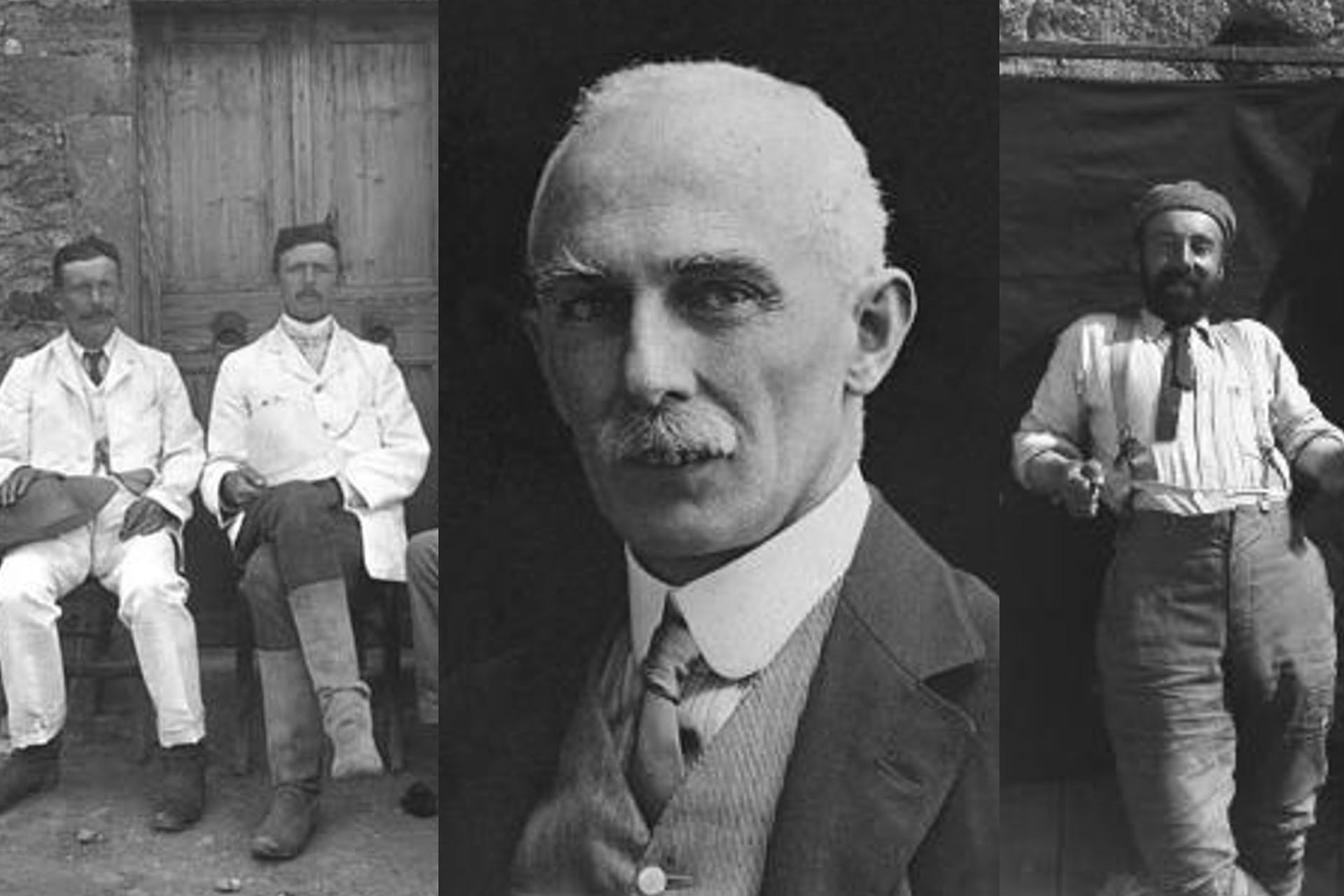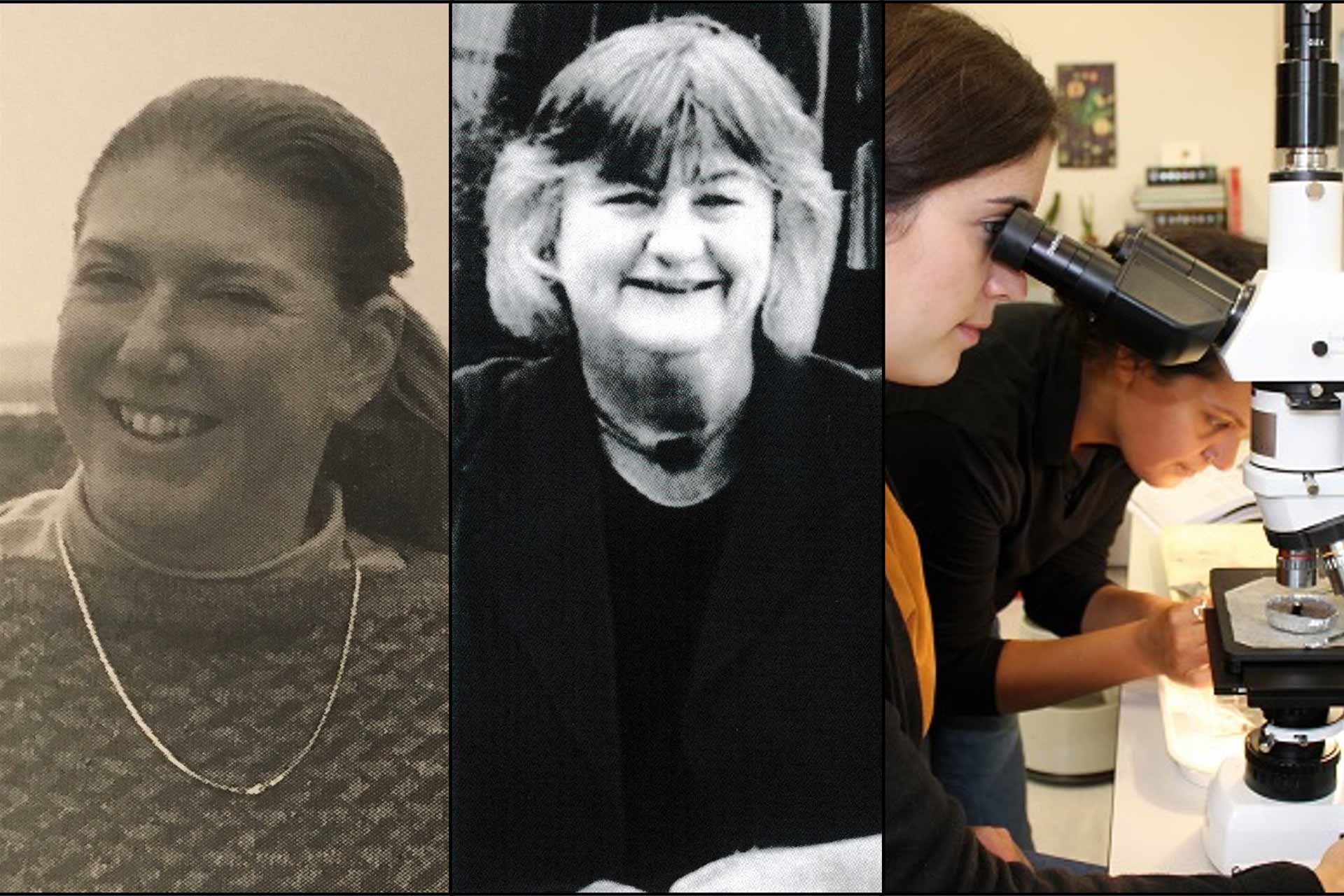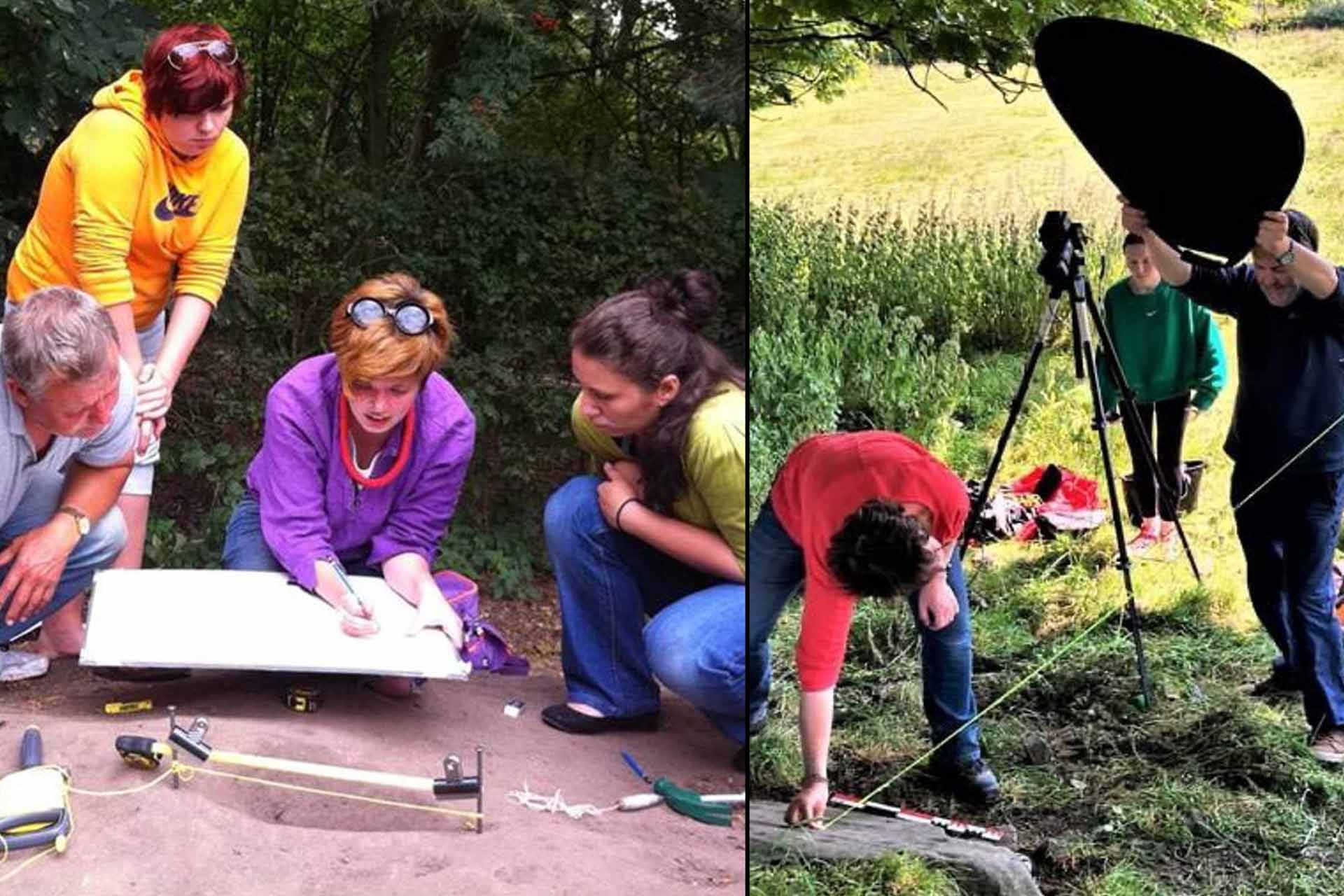120 years of Archaeology at Liverpool
2024 marks 120 years since the Liverpool Institute of Archaeology was founded. The University of Liverpool has pioneered the study of the ancient world for over 140 years and has an international reputation for excellence in teaching and research.
Our history
Classics and Ancient History have been taught at Liverpool since 1881, as part of University College Liverpool, which joined the Victoria University Federation of Provincial Colleges in 1884. In 1902, John Garstang was appointed Honorary Reader in Egyptian Archaeology. In 1903, the independent University of Liverpool was founded, and in 1904, just one year after the University, the new Institute of Archaeology was formally approved.
The Liverpool Institute was the first UK centre for the academic study of archaeological practice, Classical Archaeology, and Egyptology.
Archaeological method and practice
In 1906, Robert Carr Bosanquet became Liverpool’s first Professor of Classical Archaeology, Percy Newberry our first Professor of Egyptology, and John Garstang our first Professor in the Methods and Practice of Archaeology.

Image above: Prof. Bosanquet (1871–1935) pictured on far left (image, public domain in the US); Prof. Newberry (1869-1949) centre (© Griffith Institute, University of Oxford); Prof. Garstang (1876-1956) right (© Garstang Museum of Archaeology)
Pioneering archaeological science
Liverpool is also known for its early role in promoting archaeological science, led by two pioneers out of Cambridge: Joan Taylor and Elizabeth Slater. Both scholars were active in early analyses of the first copper metallurgies in the 1970s.
The University of Liverpool, building on its founding principle of advancing method and practice, established the Department of Prehistoric Sciences and Archaeology in 1975.

Image above: Dr Joan Taylor (1940–2019) left; Professor Liz Slater (1946-2014) centre; Dr Ceren Kabukcu teaching in the microscope lab (images © Department of Archaeology, Classics and Egyptology, University of Liverpool)
In 1976, Dr Joan Taylor, known internationally for her analyses of Bronze Age gold, came to Liverpool as Rankin Lecturer in European Prehistory. In 1991, Liz Slater became the Garstang Chair in Archaeology, and the Department’s first female professor.
Both Dr Taylor and Professor Slater were strong advocates for scientific analyses in archaeology, and Liverpool now houses one of the best archaeological research laboratories in the UK: the Elizabeth Slater Laboratories.
Our department today

Today the work of the Department of Archaeology, Classics and Egyptology is focused on our field-leading research, which inspires our undergraduate and postgraduate teaching, over 7 million years of human and social evolution:
- Archaeological science (environmental archaeology, bioarchaeology, materials science)
- Medieval and post-medieval archaeology
- Human evolution (evolutionary anthropology and the Palaeolithic world)
- Archaeology and languages of the Ancient Near East
- Ancient Egypt (history, languages, literature, culture, and material worlds)
- European Prehistory (Neolithic, Bronze Age, and Iron Age Europe)
- Ancient Greece & Rome (history, languages, literature, culture, and material worlds) and their post-antique reception
- British archaeology, heritage management, and employability.
At Liverpool, we remain committed to our founding principles of advancing archaeological method and practice in our study of the ancient world.